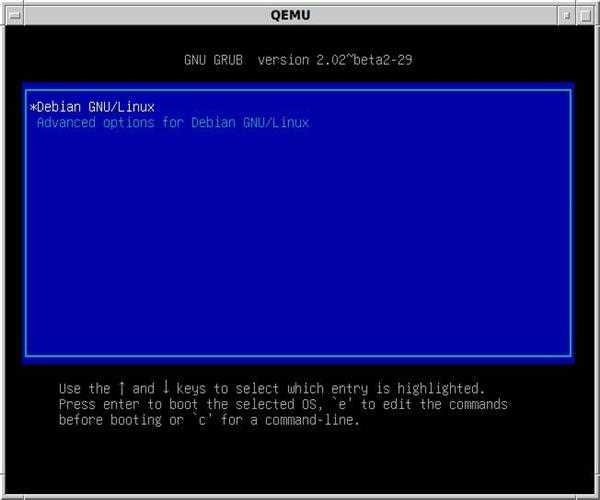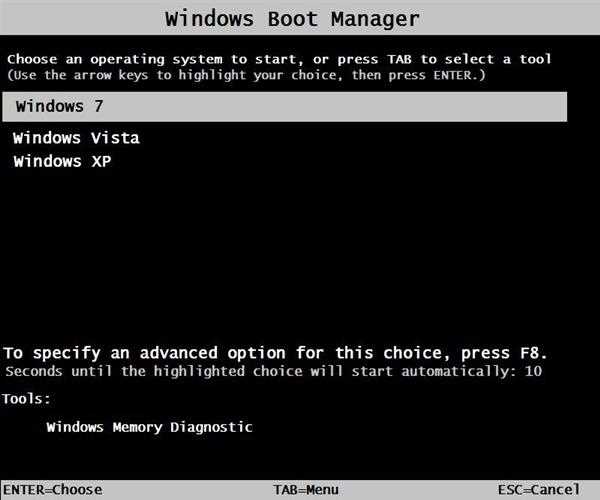The software on a computer, including operating systems, application programmes, and data, is stored on non-volatile memory after it is turned off. When a computer is first turned on, it usually lacks an operating system and a loader in random-access memory. To access the nonvolatile device or devices from which the operating system programmes and data can be loaded into
RAM, the computer first executes a very tiny programme stored in read-only memory along with some needed data to initialise RAM.

Boot loaders may have unique constraints, particularly in terms of size; for example, on
older IBM PCs and compatibles, a boot sector should normally fit into 32 KB of system memory
and use only instructions permitted by the original 8088/8086 CPUs.
The first stage of PC boot loaders on fixed discs and removable drives
must fit into the first 446 bytes of the Master Boot Record in order to leave room for the default 64-byte
partition table with four partition entries and the two-byte boot signature, which the BIOS requires for a proper boot loader, or even less if additional features such as more than four partition entries, a disc signature, a disc timestamp, an Advanced Active Partition, or special multi-boost loaders are required.
BIOS and UEFI not only load the operating system from a non-volatile storage medium, but they also set up the system hardware.
BIOS, reboot, Libreboot, and Das U-Boot are examples of first-stage bootloaders.
Second-stage boot loaders such as GNU GRUB, rEFInd, BOOTMGR, Syslinux, NTLDR, or iBoot
are not operating systems themselves, but they are capable of properly loading an operating system and transferring execution to it; the operating system then initialises itself and may load additional device drivers. The second-stage boot loader does not require drivers to work; instead, it may rely on generic storage access mechanisms given by system firmware such as the BIOS or Open Firmware, but with limited hardware capabilities and performance.

The majority of computers are also capable of booting across a network. The operating system is stored on a server's disc, and portions of it are sent to the client via a
basic protocol such as the Trivial File Transfer Protocol. Following the transfer of these components,
the operating system takes over control of the booting process.